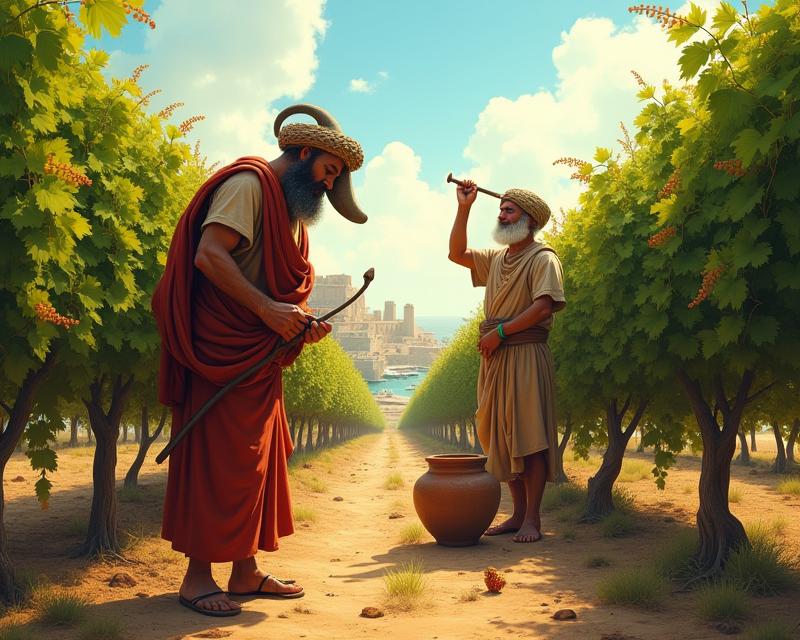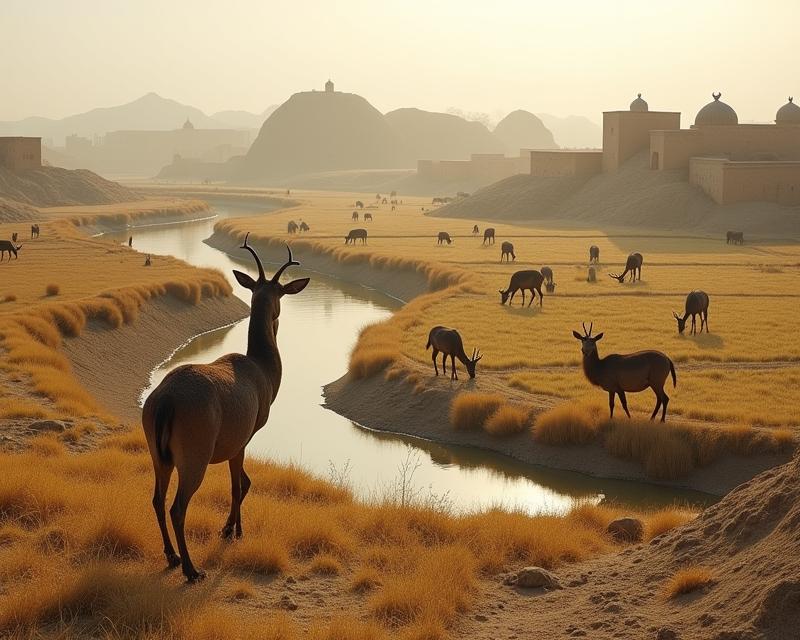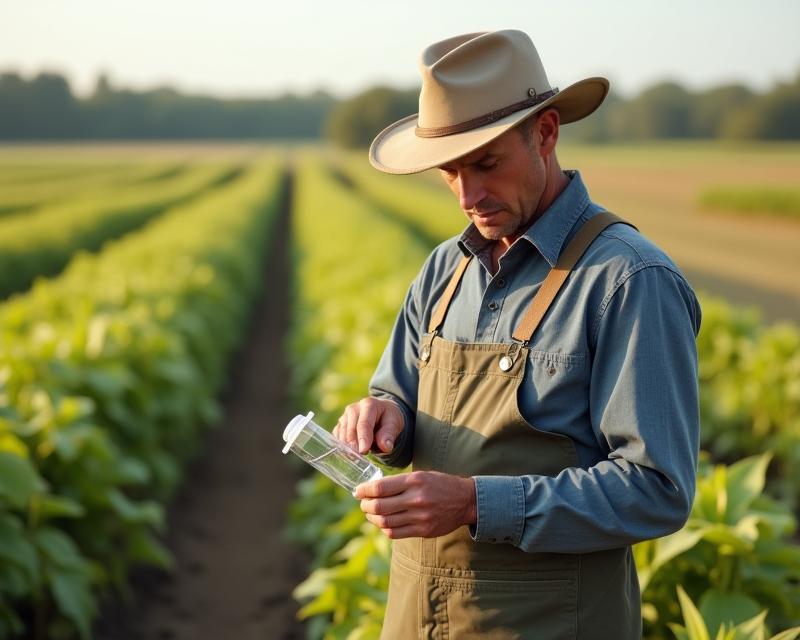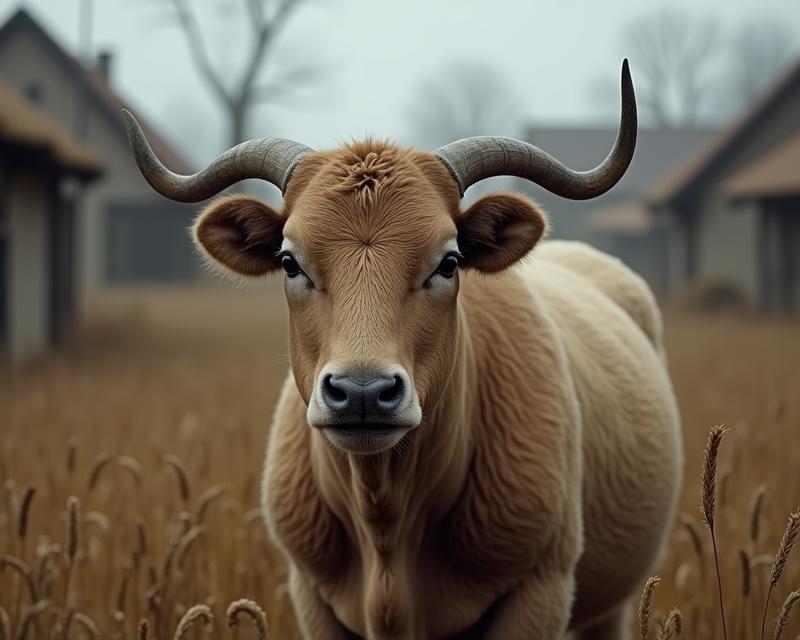Climate Change & Your Farm: Adapting Now
Publish in Agriculture el 05/07/2025 02:32
Climate Change & Your Farm: Adapting Now
Hey farmers and gardeners! Let's talk about something big – climate change. It's not just a news headline; it's actively changing how we grow food, and it's something we all need to understand and adapt to. Rising temperatures and more extreme weather events are already impacting farms across the country, and the changes are only expected to accelerate.
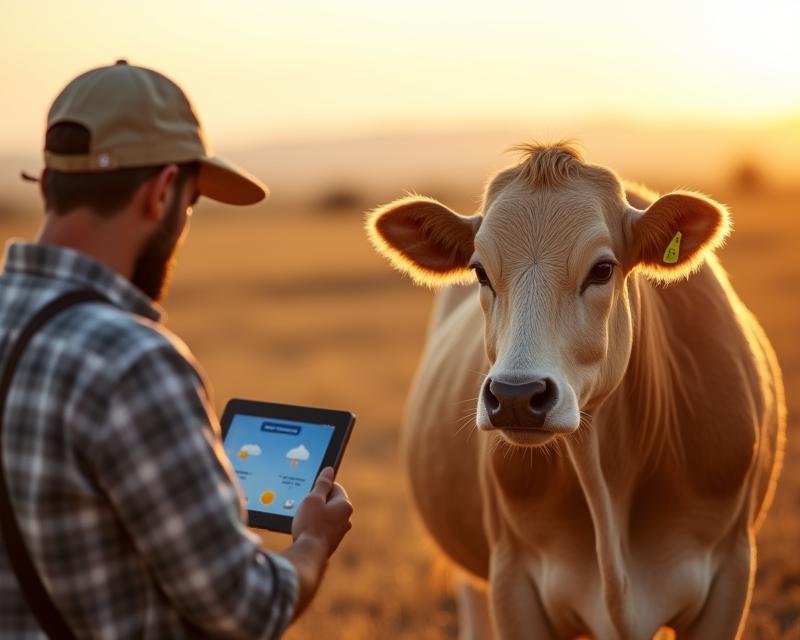
Shifting Weather, Shifting Crops
One of the biggest challenges is unpredictable weather. We're seeing more frequent droughts, intense heat waves, and heavier rainfall. This makes it harder to plan planting schedules and choose the right crops. Traditionally reliable growing seasons are becoming less certain. For example, some farmers are finding that crops that once thrived in their region are now struggling with the heat, while others are seeing new crops become viable options. Consider drought-tolerant varieties of corn or beans, or explore crops that can handle fluctuating water levels. It’s a good idea to research what’s suited to your specific microclimate.
Timing is Everything
The timing of planting and harvesting is also crucial. Warmer temperatures can lead to earlier springs, tempting us to plant earlier. However, this can also increase the risk of late frosts damaging young plants. Conversely, delayed planting due to unpredictable conditions can shorten the growing season and reduce yields. Keeping a close eye on weather forecasts and adjusting your planting schedule accordingly is essential. Consider using tools like soil temperature sensors and weather apps to make informed decisions. Don't be afraid to experiment with different planting dates to see what works best for your farm.
Beyond the Basics: Sustainable Solutions
Adapting to climate change isn't just about adjusting planting dates; it's about embracing more sustainable farming practices. Things like improving soil health through cover cropping and no-till farming can help retain moisture and reduce erosion, making your farm more resilient to drought. Water conservation techniques, such as drip irrigation, can also make a big difference. Exploring crop diversification can also help buffer against risks. By implementing these practices, you're not only protecting your farm but also contributing to a more sustainable food system. It’s a journey, not a destination, so start small and build from there. Resources are available from your local agricultural extension office to help you get started!
Ultimately, adapting to climate change requires flexibility, innovation, and a willingness to learn. By staying informed, experimenting with new techniques, and embracing sustainable practices, we can ensure that farms continue to thrive in a changing world.
